I am trying to link to the account :
Here is my google cloud function
var AuthHandler = function() {
this.googleSignIn = googleSignIn;
this.googleSignInCallback = googleSignInCallback;
}
function googleSignIn(req, res, next) {
passport = req._passport.instance;
passport.authenticate('google',{scope: 'https://www.googleapis.com/auth/userinfo.email',
state:"google",response_type:"token"},
function(err, user, info) {
console.log(user);
})(req,res,next);
};
function googleSignInCallback(req, res, next) {
passport = req._passport.instance;
passport.authenticate('google',function(err, user, info) {
if(err) {
return next(err);
}
if(!user) {
return res.redirect('http://localhost:8000');
}
console.log(user._json.token);
// /res.redirect('/');
res.redirect('https://oauth-redirect.googleusercontent.com/r/xxxxxx#access_token=' + user._json.token + '&token_type=bearer&state=google')
})(req,res,next);
};
module.exports = AuthHandler;
In google Action Console :
I have created the implicit flow and gave my authorisation url as follows:
https://[region]-[projectid].cloudfunctions.net/[functionname]/auth/google
Error :
this is the browser Url
https://assistant.google.com/services/auth/handoffs/auth/complete?state=xxxx&code=xxxxxx
on which the following error is displayed
The parameter "state" must be set in the query string.
Update 1
Before starting this implementation , i have followed this Solution to create the Authentication.
Problems in this Approach :
1.As stated in the Documentation it is not redirecting to google.com and i'm unable to access the token using the APIAI SDK in javascript. but still i can see the Access token in emulator . for better understanding adding images
Here is my simulator O/P
{
"response": {
"debug": {
"agentToAssistantDebug": {
"assistantToAgentDebug": {
"assistantToAgentJson": "{"accessToken\":\"xxxxxx\""
}
},
"errors": []
}
Update 2 :
So i have started creating with implicit flow and here is my complete repo
